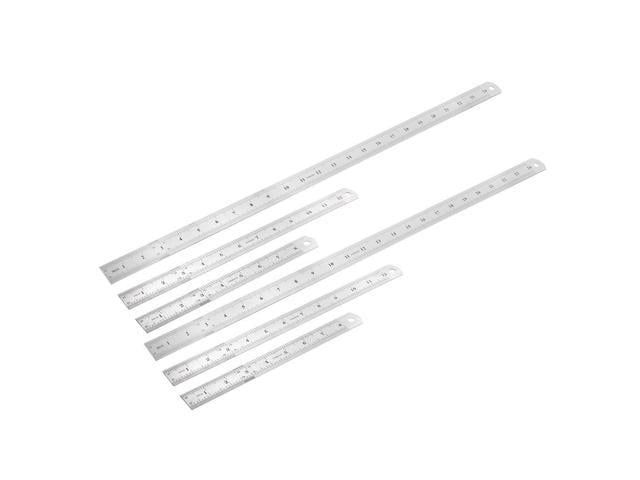Foundations of Color by Jeff Davis provides a straightforward examination of the major topics of color theory. Written in a clear and concise style, this textbook presents the basic concepts of color in a logical order, with each chapter building on the next. The book employs a highly visual design with numerous diagrams that elegantly illustrate each color principle. The diagrams are paired with relevant examples of contemporary art that connect theory to application.
Foundations of Color has been written to be accessible by anyone with an interest in art or design. The efficient, practical approach provides useful guidance for beginning students and practicing professionals alike. Bridging traditional color theory with modern and digital applications, this book is appropriate for any creative field, including fine art, graphic design, interior design, fashion, photography, and web design.
Foundations of Color is an essential addition to any art and design library.
TABLE OF CONTENTS
Chapter 1 - Color provides an introduction to the phenomenon of color, the physics of light, and color vision.
Chapter 2 - Hue examines the defining property of hue and explores the idea of color temperature through warm and cool hues.
Chapter 3 - Value examines the defining property of value and explores the use of a value scale for measuring normal value.
Chapter 4 - Saturation examines the defining property of saturation, from chromatic to neutral to achromatic colors. It also discusses the color variations of tints, tones, and shades.
Chapter 5 - Color Systems outlines systems for organizing color, from traditional paint to contemporary additive and subtractive systems. Primary, secondary, and tertiary hues are identified and organized into a color wheel for each color system.
Chapter 6 - Color Schemes explores methods for developing color schemes, including monochromatic, analogous, and complementary relationships. Additional combinations focusing on hue, value, and saturation are examined for achieving color harmony.
Chapter 7 - Color Interaction explores the interaction of color and effects such as afterimage, simultaneous contrast, optical mixing, and vibration.
Chapter 8 - Color Composition concludes by reviewing the compositional effects of color. Topics include color's impact on emphasis, balance, space, and unity.















